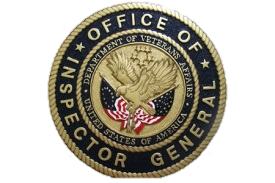Posted by Team KMCU on Apr 18, 2025
Superbill 101: Keep It Legal, Keep It Clear, Keep It Paid
Hot Topics from the KMC University HelpDesk
If your practice is stepping away from insurance participation—or never joined in the first place—congrats. More and more chiropractors are going out-of-network to regain control of their time, their fees, and their sanity. But what about your patients who still want to use their insurance benefits?
This is where a well-constructed, compliant superbill becomes your best friend.
Why Superbill Accuracy Matters
When you hand your patient a superbill, you’re not just giving them a receipt. You’re offering them the opportunity to seek reimbursement from their insurer—without you having to deal directly with the red tape. But in order for that superbill to be useful, it has to meet certain criteria.
What to Include on Every Superbill
A proper superbill should mirror what you’d include on a CMS 1500 claim form. That means:
- Patient name, DOB, and demographic info
- Your practice name, address, and tax ID
- Your NPI number and provider info
- Date(s) of service
- Diagnosis codes (ICD-10) relevant to the visit
- CPT codes for each service provided
- Number of units (especially for timed services)
- Line item charges
- Total charges
- Any compliant, documented discount
- Amount paid by the patient
Want to go the extra mile? Sign it—and consider having the patient sign too. This adds a layer of clarity and professionalism that both patients and payers appreciate.
But I Don’t Code My Services…
You may not “bill” insurance, but every service you provide still has a CPT code. If you’re unsure how to code correctly, this is a compliance must-do. Reach out to our team—we’ve helped hundreds of providers get this dialed in.
One Fee to Rule Them All
At KMC University, we preach one core philosophy when it comes to fees: your fee is your fee is your fee. Keep it consistent. Use compliant, defensible discounts where appropriate. Don’t create a web of different charges for different patient types—it only opens you up to trouble.
The Bottom Line
A properly crafted superbill supports your out-of-network model, respects your patients’ desire to use their benefits, and keeps your practice in good standing with both state boards and federal payers.
Need help putting yours together—or making sure your discounts and fees are compliant? We’re here for that. It’s what we do.
👉 Contact us at (855) 832-6562 or book a free Discovery Assessment to get started.







Comments on Help Your Patients Get Reimbursed: How to Create a Compliant Superbill